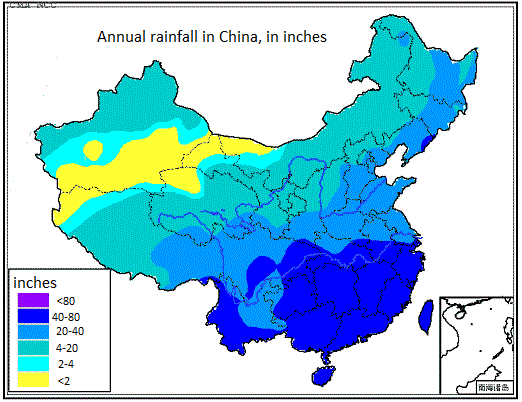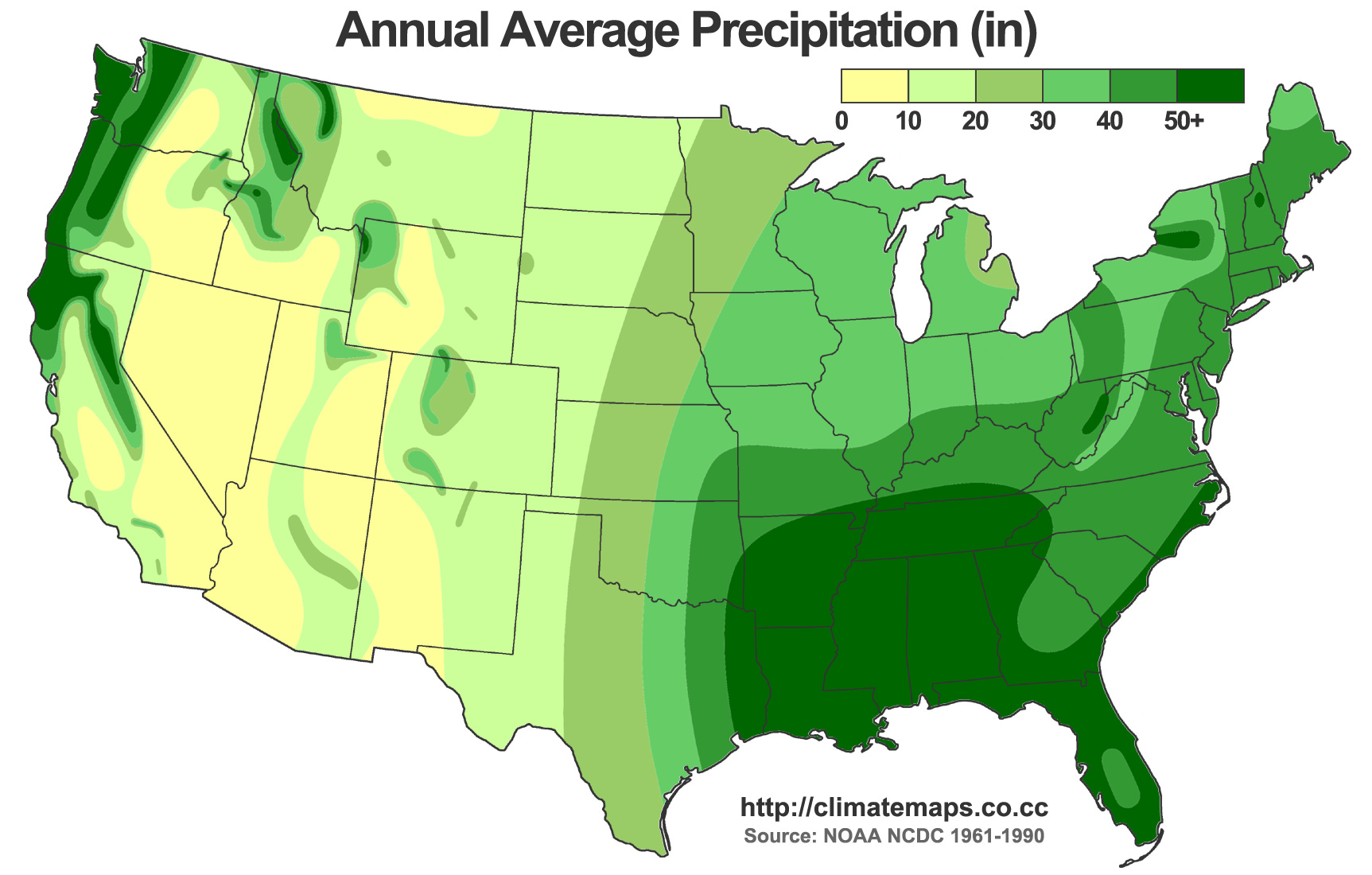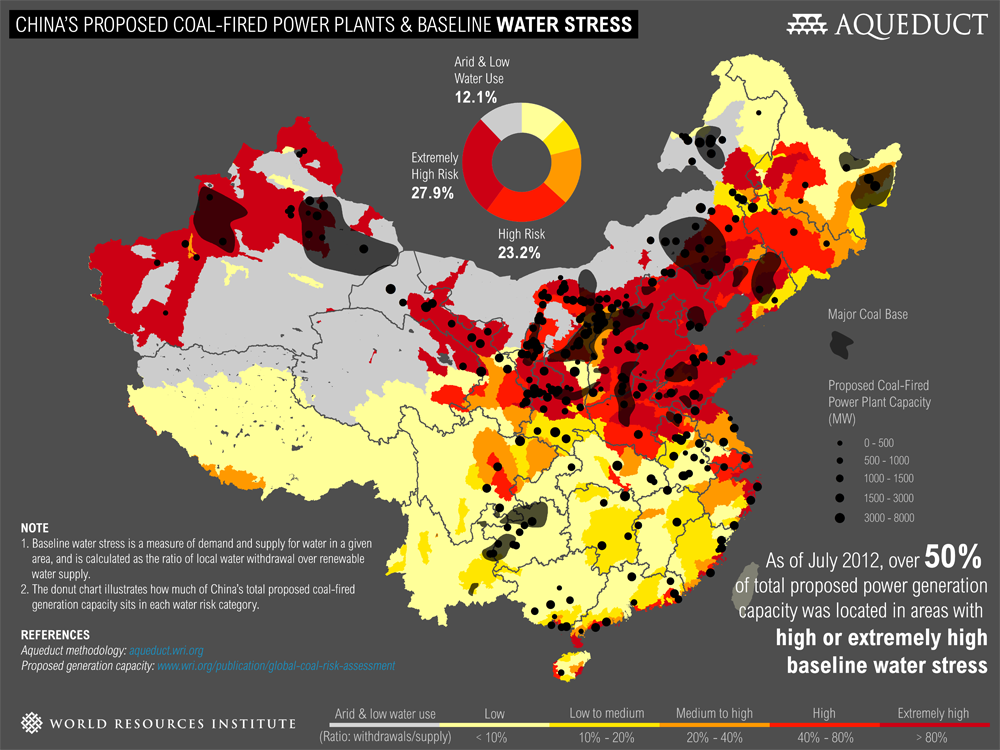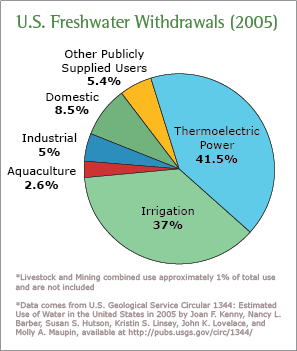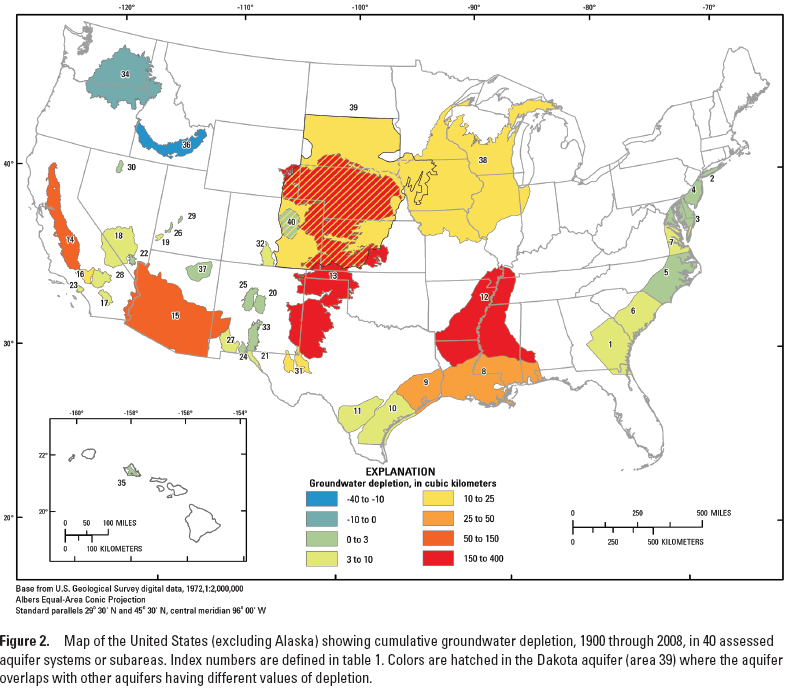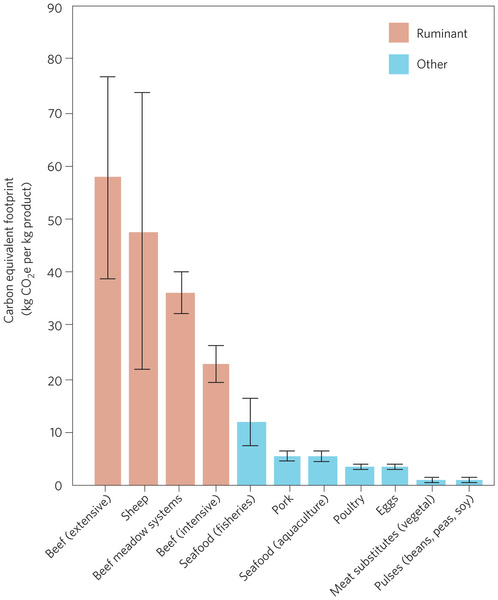A friend and advisor, Chris Tuozzolo, more or less has a CSA for a free-range cow. He told me I should write a post, a rejoinder, actually, to my prior post on how beef causes nearly 10% of greenhouse gas emissions. A lot of people will think "free range cows must be better for the environment in every way, because they are natural!"
Shortest version: free range cows are better than feedlot cows by a factor of 2-3, putting them closer to pig-meat, but they still aren't amazing.

cows.
Other short version: the amount of disinformation on this topic is astounding. You literally can't find a reliable link on the first search page of google. All the articles are either by free market groups (feedlots are market efficient!), corn lobbyists (feedlots use our corn!), or vegans (there is no such thing as good meat to eat!). Much of the information that is available is "science" is in fake journals. In other words, it really is fake information put into journals that are made up to let any information through, provided you pay them to publish it. A reader literally needs an understanding of journal impact factor (ie, ratings of whether journals are real or BS, as it turns out some peer-reviewed journals will literally publish anything for a fee) to figure what's real and fake, and most people without PhDs don't know what impact factor means. In other words, I don't know how the rest of you can pick apart the real from the BS on this topic.
Full version
I did research. Holy crap, the bullshit (heh, punny) information is fed to you with a firehose on this one. This is a prime example of very smart people being paid to lie to you very effectively.
I'll keep the important information short. Grazing cattle are far better for the environment than feedlot cattle. The best information I can find (published in Science with over 2000 other authors having cited the article in follow-on research) (note, this article is on sustainable food and covers a lot more than meat, but it has a good chart on water use and GHG in varying feeding areas) says the following:
- Grazing cattle produce half as much methane (a powerful greenhouse gas) per year as feedlot cattle
- Grazing cattle take 1/5th the water per day
- Pigs produce about the same GHGs in either setting, but keeping them clean in a feedlot takes 3x as much water
- Grazing cattle take up to 33% longer to reach edible maturity (but they are leaner, so you get more actual meat). This came from other, less reliable sources, but we'll take it at face value
- Adjusted for time to market*, feedlot cattle make 50% more GHGs and use 450% more water (looking at you, California, with the 4th most cattle of any state)
- I think that time-to-market number may be made up, which would make the numbers more like 100% more GHG and 500% more water from feedlots
*That 33% more time to maturity also could be a manufactured number. I can't confirm it from reasonable sources. Even if it is true, then feedlot cows produce more pollution and take more to make.
Other problems with feedlots:
- It is quite possible that constant antibiotic use in feedlots, constantly fed to animals as a means mean to prevent them from getting sick (increasing profits), leads to antibiotic resistance. So next time you get a case of untreatable gonorrhea from antibiotic resistance, raise a glass to industrial agro-farming (also known as American-style farming).
- Grazing cows stand apart farther. Feedlot cows stand next to each other, helping spread of disease, so they need more antibiotics
- Sustainable grazing (not often practiced in the US) promotes the change of deserts to land.
- Once you start growing grass in desert areas, the grass holds the rainfall in place long enough so it absorbs into the ground rather than running off into rivers, making a positive feedback loop.
Seriously, watch this TED talk. It's starts with a powerful message. "To stop the spread of deserts, we killed a metric fuck-ton of elephants. Desertification still happened. It turns out we killed a bunch of innocent elephants. The way to reverse desertification is to have managed grazing." Don't watch it when drunk though, cause you'll either get very angry or very sad.
Hokay, so, we've now covered that managed grazing can actually reverse desertification, which means aquifers can start to take in more rainwater and some CO2 will be drawn down in the growth of new plants.
Why Vegans hate this
But yes, a subset of vegans (and likely a majority) love to argue that eating meat is an environmental disaster (it does push global warming happen faster), and so it upsets them that grazing cattle may actually be a positive net effect (counting the turning bare desert into growable land). Feedlot beef growth is definitely pretty bad, but it's highly likely that a well-managed grazing system for cattle will result in net positive benefits of environmental restoration.
You can't blame vegans too much for pushing that grazing is bad, because, as the rest of this article points out, it's hard to figure out which is correct data.
Journal Impact Factor and Judith Capper being a fake scientist
Journal impact factor is a measure of how important and useful certain journals are. Science and Nature have high impact factors. Also Proceedings of the National Academy of the Sciences (PNAS - pronounced P-nass, best/worst acronym ever), much more rigorous, has a high impact factor. The article I cite above is from Science, which means it was cited 2000 times. As in 2000 other journal articles reference and talk about it. It's kind of a big deal.
One counter article is by a "scientist" named Judith Capper. She publishes articles that say that feedlot farming is less GHG intensive than grazing. Except she published in a journal called Animals. It's literally a fake journal. It isn't listed as having impact factor. What's better, half of the 35 citing authors are her. She cites herself more than anyone else cites her. Pretty much, this is an udder bullshit article (haha) with awful science behind it. Typically when a majority of citations are yourself, it means everyone else thinks you're insane.
So you, dear reader, having never had to write a PhD thesis where you had to defend the sources you chose, would just see that this woman is a professor and has a PhD and say, "This must be true!" Except it's not. Articles do things like say, "Cows emit methane, and cows that eat grass take longer to bring to market, so more methane comes out!"
Except that cows that eat grass often emit less methane, cause there is less weird stuff in the grass (as the information earlier on in the article points out). So pretty much they take one true thing (cows produce methane) and then ignore the rest of the facts to lie about the ultimate maths.
I call BS.
In Closing
This post has been all over the place, and it over 1000 words. Pretty much, grazing cows are far better than feedlot cows for the environment. Grazing pigs just use less water, which is useful in California. Good luck finding real information on any of this, though.


